Legal challenge to exclusion of waste incinerators from post-Brexit emissions trading scheme
Envirotec Magazine
SEPTEMBER 8, 2020
The exclusion means the UK will fail in its obligations under the Paris Agreement and instead has concentrated on the need to achieve net zero by 2050. By concentrating only on achieving net zero by 2050, it is alleged that the Government has failed to lawfully take account of those aims. This is wrong in law.



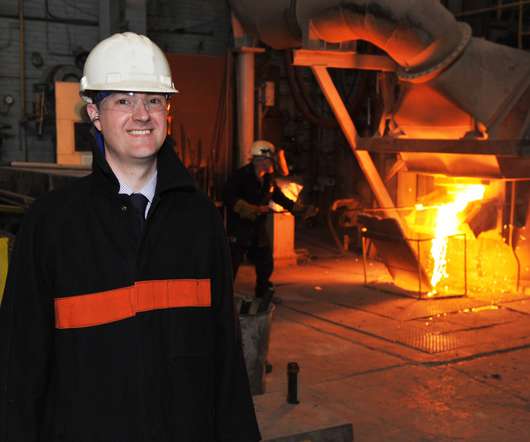
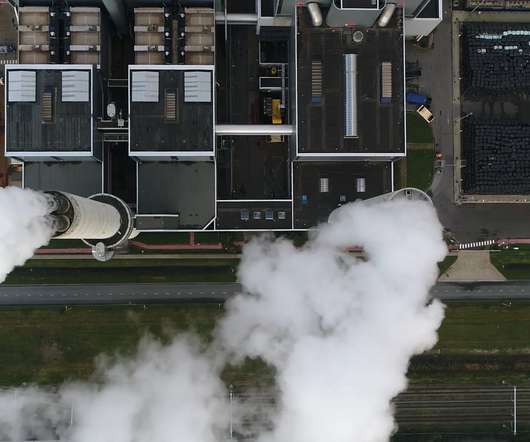





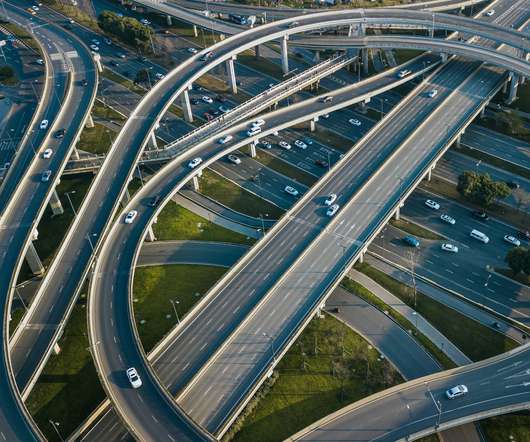
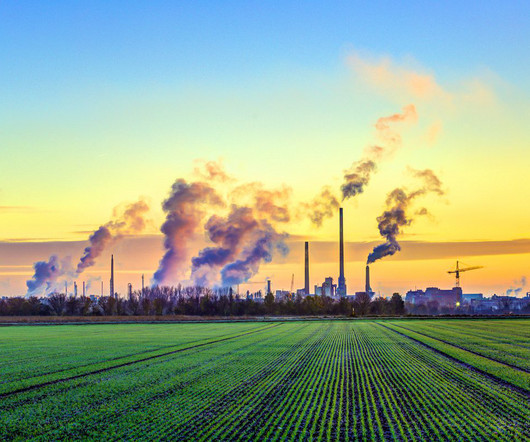
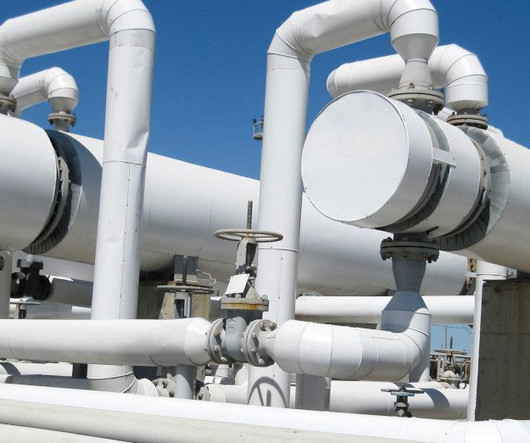







Let's personalize your content